The miniCAM8 is an entirely new combination camera and filter wheel in a compact low-cost design that will appeal not only to beginners but as a very capable compact travel system or back-up system for the seasoned imager.
The miniCAM8 is available in three versions, monochrome with no filters, monochrome with filters, and colour with filters. This version is the monochrome sensor with broad and narrowband filters.
At just over 4 inches in diameter and a few inches thick, the miniCAM8 is a compact, high resolution, high performance, cooled imaging system capable of exceptional, high-quality deep space images as well as high-quality, high-resolution planetary images.
So often, compactness in astroimaging is achieved at the expense of some other critical feature found in multi-component cooled systems, such sensor quality or thermoelectric cooling, etc. Such is not the case with the new miniCAM8. Based on Sony’s IMX585 8.4 MP back-illuminated sensor with 90% peak QE, the miniCAM8 includes full TE cooling capable of reaching a delta of -45℃ from ambient along with a built-in 8-position filter wheel for complete LRGB and narrowband imaging as well as a covered slot for dark frames.
The entire system is only 4.1 inches in diameter and 2.6 inches thick, yet it contains the TE cooled camera, 8-position filter wheel and a full set of filters. The TE cooling achieves about -45 degrees C below ambient temperature.
Filter response chart
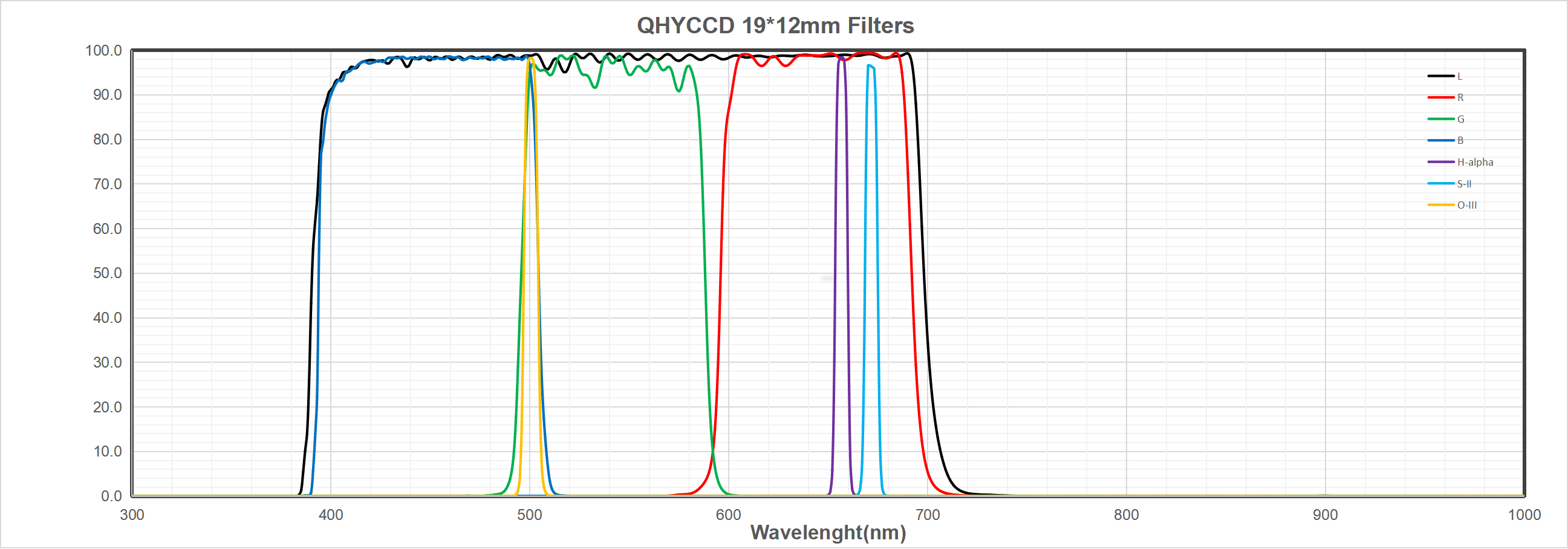
Features
- Sony IMX585 CMOS Sensor
- 8 Megapixels @ 2.9u
- Built-in 8-Position Filter Wheel
- Ultra-Low 0.76 e- Read Noise
- Generous 54ke- Full Well
- High Dynamic Range, 8X Conventional Sensors
- Back-Illuminated Sensor, > 90% QE
- Zero Amplifier Glow
- LRGB broadband filters
- Ha, OIII and SII filters (7nm bandpass)
The Sony IMX585 Sensor
The IMX585 is a 1/1.2″ sensor with 8 million pixels (3840 x 2160 resolution), widely used in high-performance cooled cameras, especially in the fields of astronomical observation and low-light imaging. The monochrome version removes the Bayer filter, significantly enhancing sensitivity, making it ideal for astrophotography, scientific imaging, and photometry applications.
Generally, in order to provide HDR (high dynamic range) imaging, multi-exposure image capture is required, and the multiple images recorded at differing exposure times are composited into a single shot. This results in issues with artefacts. The latest sensor design adopts Sony’s new proprietary “STARVIS 2” technology, which delivers both high sensitivity and HDR imaging. It allows for imaging in a single exposure, which suppresses the occurrence of artefacts, delivering 88 dB HDR, approximately 8 times that of a conventional sensor without increasing the pixel size. It also increases the sensitivity in the near infrared range by approximately 1.7 times compared to a conventional sensor.
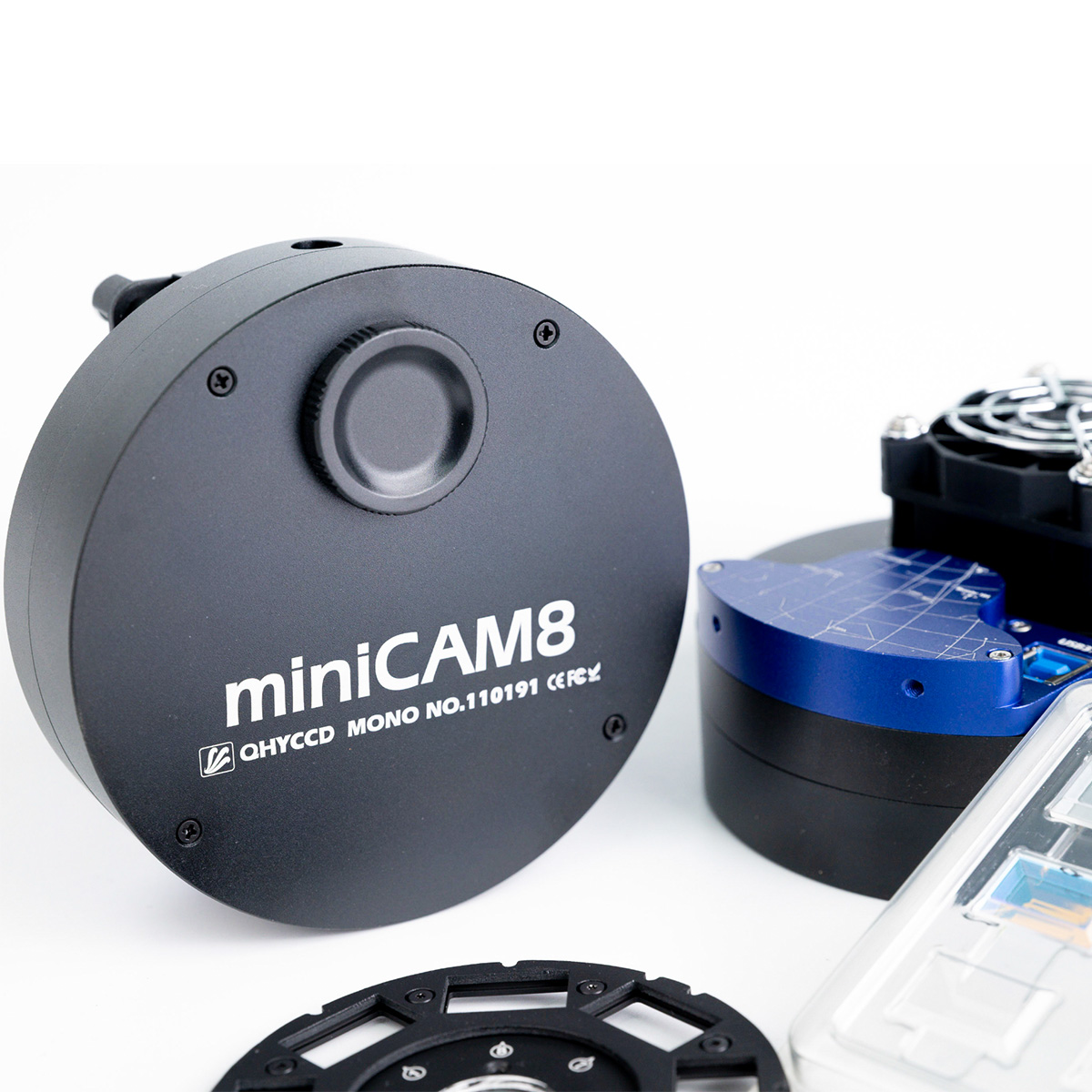

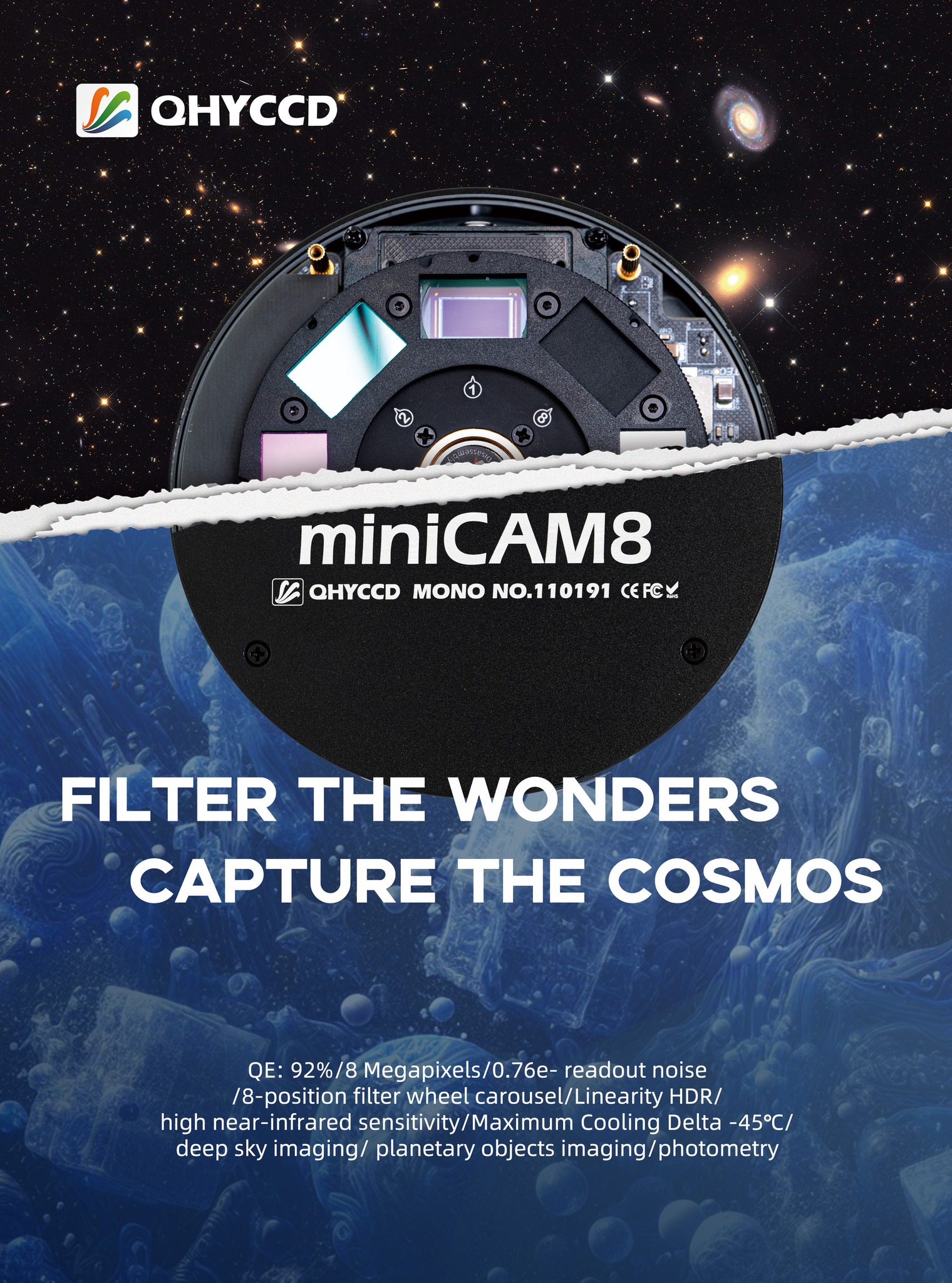
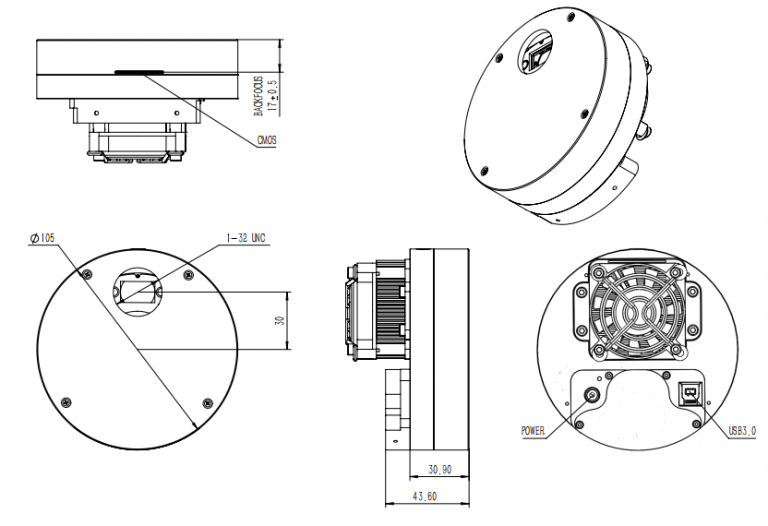


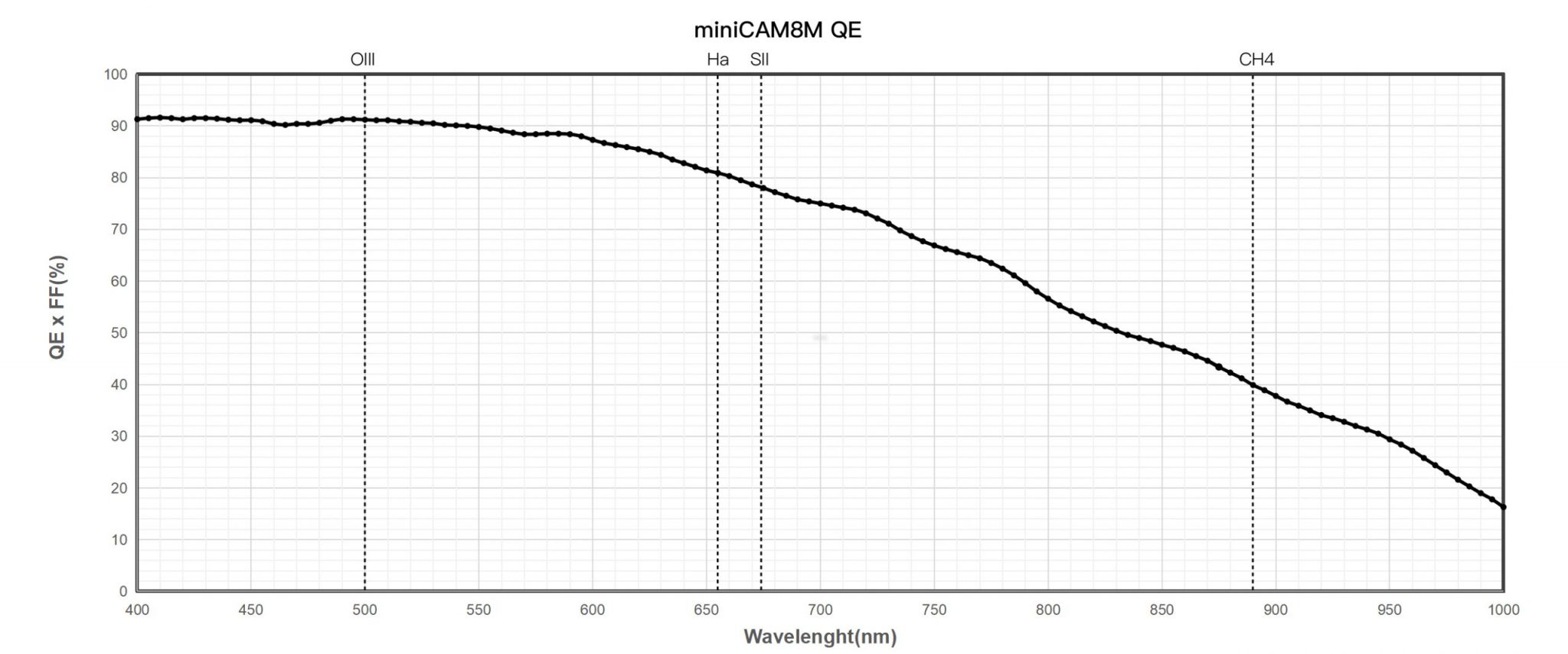



Reviews
There are no reviews yet.